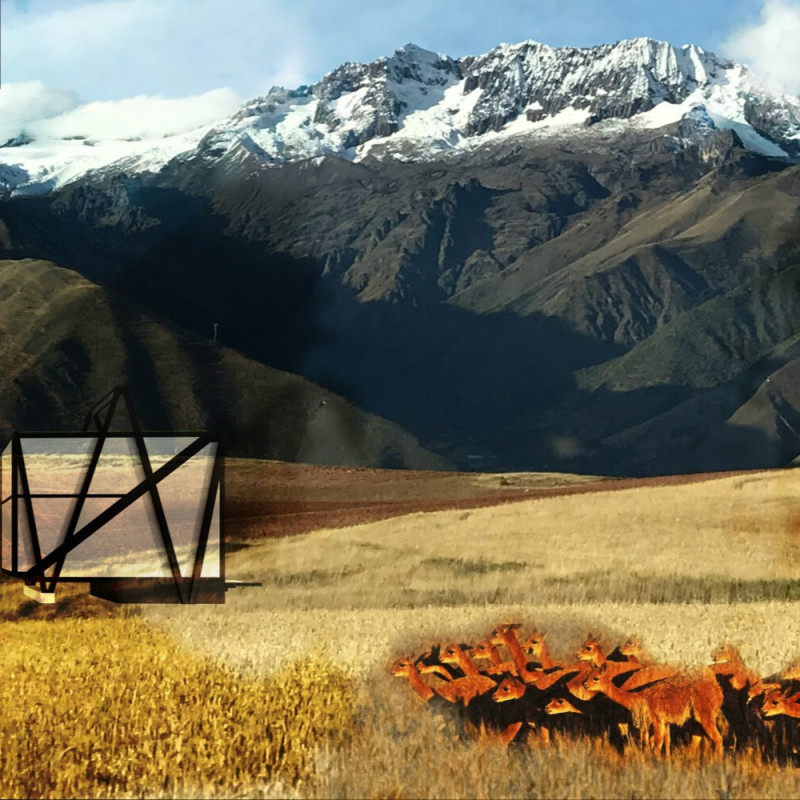5 key facts about this project
At first glance, the structure presents a harmonious facade, characterized by clean lines and a balanced composition. The exterior showcases a combination of textured materials that contribute to both visual interest and durability. The primary materials utilized include locally sourced brick, glass, and timber, collectively creating a warm yet modern atmosphere conducive to the project’s purpose. These materials not only enhance the building's resilience but also establish a direct dialogue with the surrounding environment, further embedding the structure within its locale.
Inside, the layout is designed to optimize functionality while promoting an intuitive flow between spaces. The open-plan design encourages movement and interaction, allowing for versatile use of rooms. This adaptability is a core aspect of the project, as it caters to various activities, from community events to quieter individual pursuits. Large windows strategically placed throughout the interior invite natural light, enlivening the spaces and reducing reliance on artificial lighting. This attention to daylighting plays a critical role in creating a welcoming ambiance, which is essential for a public space that aims to draw people in and facilitate social connections.
The project also includes several areas dedicated to green spaces, integrating nature flourishes that enhance both aesthetic appeal and user experience. Outdoor terraces and garden areas are thoughtfully interspersed within the design, allowing users to step outside and engage with nature without leaving the premises. This seamless blend of indoor and outdoor environments reflects a modern understanding of the importance of nature in urban settings, ultimately improving the well-being of the community.
Unique design approaches permeate the project, most notably in its commitment to sustainability. Beyond the careful selection of materials, the incorporation of green roofs and rainwater harvesting systems demonstrates an innovative perspective on resource management. The project aims to minimize its environmental footprint while maximizing energy efficiency, indicating a clear alignment with contemporary architectural trends focused on sustainability and resilience.
The integration of technology throughout the building's infrastructure also underscores this project’s forward-thinking design. Smart building systems have been embedded to ensure optimal management of energy resources, while advanced environmental controls provide users with a comfortable microclimate tailored to their needs. This level of detail enhances the architectural experience and affirms the project’s role as a model of modern architectural practice.
In terms of community impact, the building seeks to serve as a catalyst for interaction, transcending mere functionality to become a vibrant center for communal life. The design fosters a sense of belonging and ownership among its users, encouraging participation in various activities and events that will be hosted within its walls. This focus on community engagement aligns seamlessly with contemporary architectural ideologies that prioritize user experience and social sustainability.
This architectural project stands as a testament to thoughtful design, balancing aesthetic considerations with functional demands. With its strategic use of materials, innovative sustainability practices, and commitment to fostering community connections, the project speaks to the evolving role of architecture in urban landscapes. For those interested in a deeper understanding of the project, exploring architectural plans, architectural sections, and architectural ideas will provide further insights into the design intentions and functionalities that define this contemporary architectural endeavor.


 Maria Claudia Angeles Velasquez,
Maria Claudia Angeles Velasquez,  Laura Katherin Ruiz Macedo,
Laura Katherin Ruiz Macedo, 























